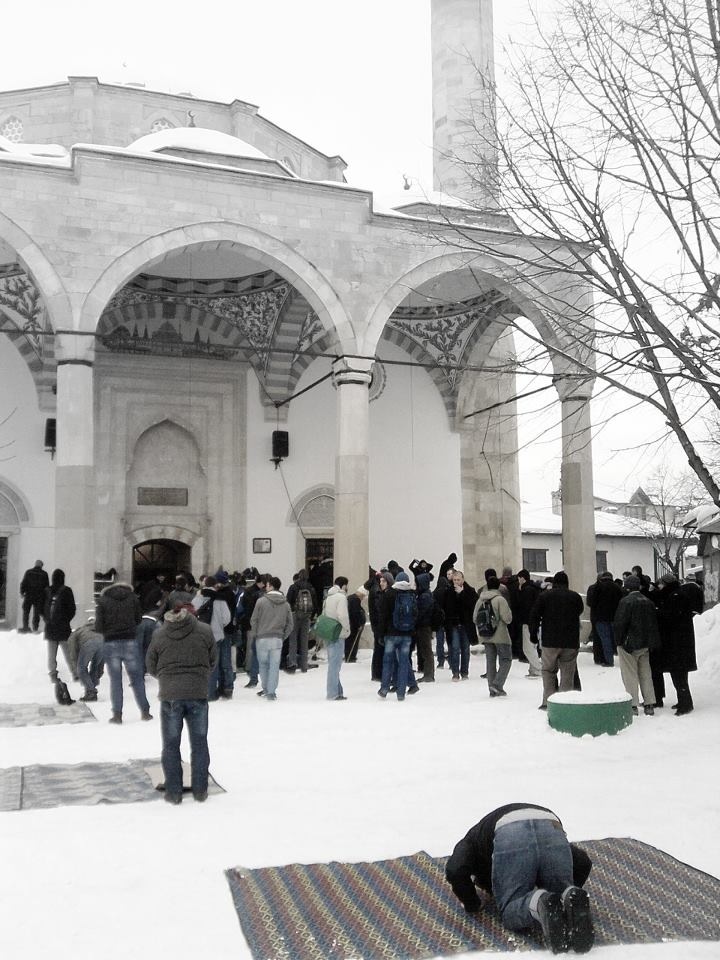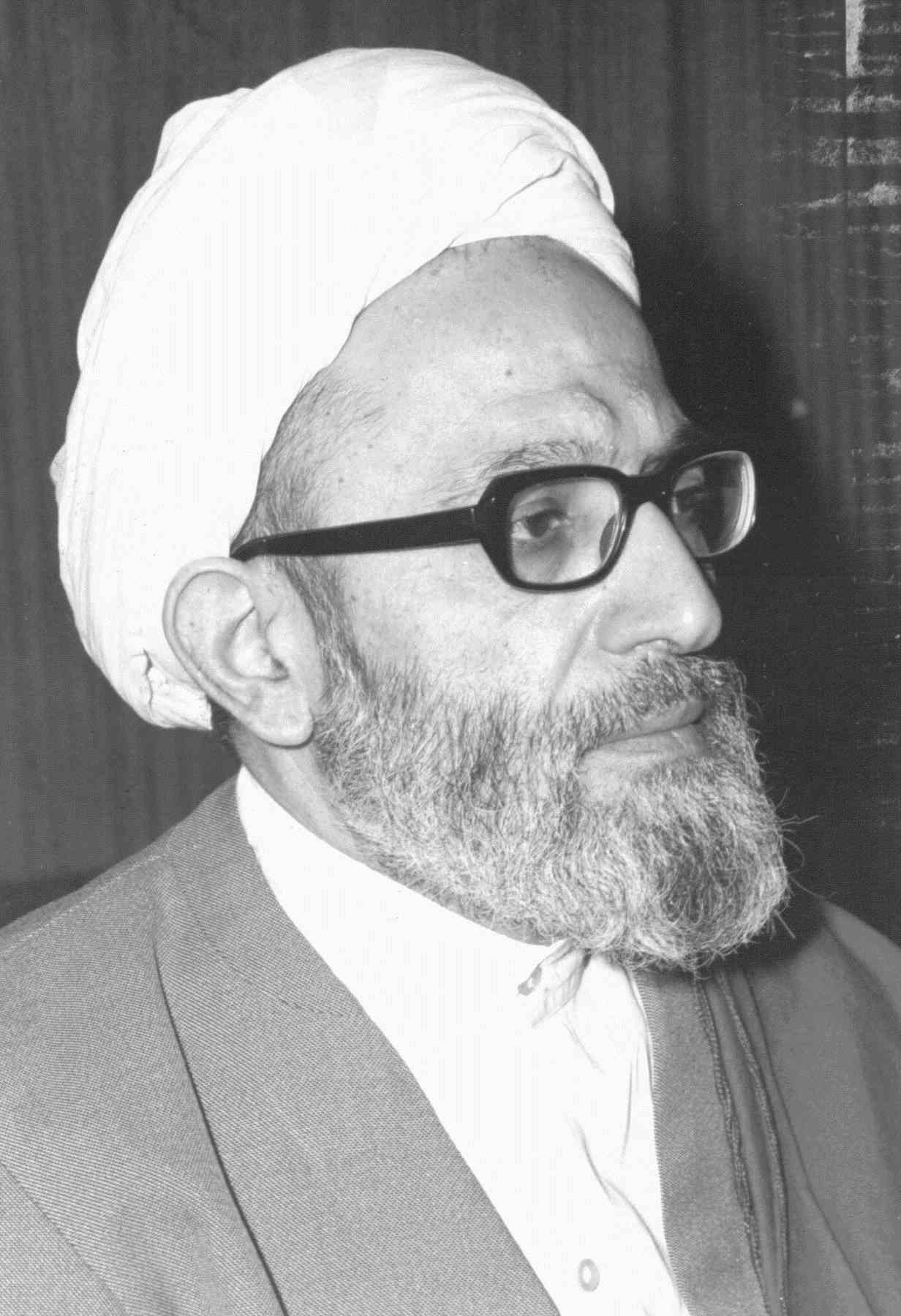|
Mohsen Mojtahed Shabestari
Ayatollah Mohsen Mojtahed Shabestari ( fa, محسن مجتهد شبستری; 1937 – 17 November 2021) was an Iranian Shiite cleric and politician. He was a member of the 1st, 2nd, 3rd, 4th and 5th Assembly of Experts from the East Azerbaijan electorate. 4th term Mojtahed Shabestari won with 671,254 and last period 743,818 votes. He was MP of Islamic Consultative Assembly in the electoral district of Tehran in the beginning of the revolution for first, second, fourth and fifth terms. He was also Representative of the Supreme Leader in East Azerbaijan and fourth imam Jumu'ah for Tabriz in northwest of Iran after Iranian Revolution from 1995 until his resignation in 2017. Mojtahed Shabestari was a member of Ahl Al-Bayt World Assembly. His son Javad Mojtahed Shabestari is member of the Assembly of Experts from the West Azerbaijan. Shabestari died in Tehran on 17 November 2021. [...More Info...] [...Related Items...] OR: [Wikipedia] [Google] [Baidu] |
Supreme Leader Of Iran
The Supreme Leader of Iran ( fa, رهبر ایران, rahbar-e irān) is the List of heads of state of Iran, head of state of the Iran, Islamic Republic of Iran. The Supreme Leader directs the Government of the Islamic Republic of Iran, executive system and History of the judicial system of Iran, judicial system of the Government of the Islamic Republic of Iran, Islamic theocratic government and is the Commander-in-Chief of the Iranian Armed Forces, commander-in-chief of the Iranian Armed Forces. The Supreme Leader is the highest-ranking political and religious authority of Iran. The Armed Forces of the Islamic Republic of Iran, armed forces, Judicial system of Iran, judiciary, Islamic Republic of Iran Broadcasting, state television, and other key government organisations such as Guardian Council and Expediency Discernment Council are subject to the Supreme Leader."Who's in Charge?" by Ervand Abrahamian ''London Review of Books'', 6 November 2008 According to the constitution, t ... [...More Info...] [...Related Items...] OR: [Wikipedia] [Google] [Baidu] |
Shiite
Shīʿa Islam or Shīʿīsm is the second-largest branch of Islam. It holds that the Islamic prophet Muhammad designated ʿAlī ibn Abī Ṭālib as his successor (''khalīfa'') and the Imam (spiritual and political leader) after him, most notably at the event of Ghadir Khumm, but was prevented from succeeding Muhammad as the leader of the Muslims as a result of the choice made by some of Muhammad's other companions (''ṣaḥāba'') at Saqifah. This view primarily contrasts with that of Sunnī Islam, whose adherents believe that Muhammad did not appoint a successor before his death and consider Abū Bakr, who was appointed caliph by a group of senior Muslims at Saqifah, to be the first rightful (''rāshidūn'') caliph after Muhammad. Adherents of Shīʿa Islam are called Shīʿa Muslims, Shīʿītes, or simply Shīʿa or Shia. Shīʿa Islam is based on a ''ḥadīth'' report concerning Muhammad's pronouncement at Ghadir Khumm.Esposito, John. "What Everyone Needs to K ... [...More Info...] [...Related Items...] OR: [Wikipedia] [Google] [Baidu] |
Ahl Al-Bayt World Assembly
The Ahl al-Bayt ( fa, مجمع جهانی اهل البیت) is an international non-governmental organization ( INGO) in Iran. It was founded in 1990 by Supreme Leader Ali Khamenei and a group of Shiite elites under the supervision of the great Islamic authority of the Shiites to identify, organize, educate and support the followers of Ahl al-Bayt. This group is known for its propaganda and support of Islamist militant groups in the Middle East.How Iran exports its Ideology – '''' Establishment and first conference One of the most important goals of the |
Azerbaijan (Iran)
Azerbaijan or Azarbaijan ( fa, آذربایجان, ''Āzarbāijān'' ; az-Arab, آذربایجان, ''Āzerbāyjān'' ), also known as Iranian Azerbaijan, is a historical region in northwestern Iran that borders Iraq, Turkey, the Nakhchivan Autonomous Republic, Armenia, and the Republic of Azerbaijan. Iranian Azerbaijan includes three northwestern Iranian provinces: West Azerbaijan, East Azerbaijan and Ardabil. Some authors also include Zanjan in this list, some in a geographical sense, others only culturally (due to the predominance of the Azeri Turkic population there). The region is mostly populated by Azerbaijanis, with minority populations of Kurds, Armenians, Tats, Talysh, Assyrians and Persians. Iranian Azerbaijan is the land originally and historically called Azerbaijan; the Azerbaijani-populated Republic of Azerbaijan appropriated the name of the neighbouring Azerbaijani-populated region in Iran during the 20th century. Historic Azerbaijan was called ''Atropa ... [...More Info...] [...Related Items...] OR: [Wikipedia] [Google] [Baidu] |
Jumu'ah
In Islam, Friday prayer or Congregational prayer ( ar, صَلَاة ٱلْجُمُعَة, ') is a prayer ('' ṣalāt'') that Muslims hold every Friday, after noon instead of the Zuhr prayer. Muslims ordinarily pray five times each day according to the sun's sky path regardless of time zones. ''Jumu’ah'' means Friday in the Arabic language. In many Muslim countries, the weekend is inclusive of Fridays, while in others, Fridays are half-days for schools and some workplaces. Meaning It is one of the most exalted Islamic rituals and one of its confirmed obligatory acts. Obligation There is consensus among Muslims regarding the Friday prayer (''salat al-jum‘ah'') being ''wajib'' - required - in accordance with the Quranic verse, as well as the many traditions narrated both by Shi’i and Sunni sources. According to the majority of Sunni schools and some Shiite jurists, Friday prayer is a religious obligation, but their differences were based on whether its obligation is condi ... [...More Info...] [...Related Items...] OR: [Wikipedia] [Google] [Baidu] |
1996 Iranian Legislative Election
Parliamentary elections were held in Iran on 8 March 1996, with a second round on 19 April. The Combatant Clergy Association and its allies emerged as the largest bloc in the Majlis, winning 110 of the 270 seats. Electoral system The constitution approved in a December 1979 referendum provided for a 270-seat Majlis, with five seats reserved for minority groups including Jews, Zorastrians, Armenians from the north and south of the country and one jointly elected by Assyrians and Chaldeans.Iran IPU The elections were conducted using a , with the number of candidates progressing to the second round being double the number of seats available. Candidates required an absolute majority to win a seat ... [...More Info...] [...Related Items...] OR: [Wikipedia] [Google] [Baidu] |
1992 Iranian Legislative Election
Parliamentary elections were held in Iran on 10 April 1992, with a second round on 8 May. The elections were the first parliamentary elections held in Iran since the death of Ayatollah Khomeini and during Ali Khamenei's leadership. It marked a rivalry between the two main organizations at the time, the right-wing Combatant Clergy Association (supporters of President Akbar Hashemi Rafsanjani) and the left-wing Association of Combatant Clerics. The results marked a victory for the right-wingers who obtained an absolute majority with more than 70 percent of the seats. Campaign Main groups contesting in the elections were: * Combatant Clergy Association, endorsed by Islamic Aligned Organizations * Association of Combatant Clerics, backed by the Association of the Women of the Islamic Republic and Coalition of Imam's Line groups, including student association Office for Strengthening Unity and trade union Worker House. Freedom Movement of Iran, the political group led by Mehdi Bazarg ... [...More Info...] [...Related Items...] OR: [Wikipedia] [Google] [Baidu] |
1984 Iranian Legislative Election
Parliamentary elections were held in Iran on 15 April 1984, with a second round on 17 May. The majority of seats were won by independents, whilst the Islamic Republican Party was the only party to win seats. Voter turnout was 65.1% in the first round. The Freedom Movement of Iran declared that it would boycott the elections after its headquarters was attacked and the authorities refused to permit the party to hold two seminars. Background The election was held under conditions of severe sanctions on politic and economical sector as well as war with Iraq's Baathist government ( Iran-Iraq War). This election was also first time since 1979 revolution which only one political party were allowed to participated (as other political parties were banned & even dissolved before this election). Conduct The election was held under conditions of war with Iraq's Baathist government ( Iran-Iraq War), caused many cities in border with Iraq were severely destroyed (or could not hold direct electi ... [...More Info...] [...Related Items...] OR: [Wikipedia] [Google] [Baidu] |
1980 Iranian Legislative Election
Parliamentary elections were held in Iran on 13 March 1980, with a second round on 9 May. They were the first elections to the Majlis since the overthrow of the Shah, and were contested to a considerable degree on a party basis. It resulted in a victory for the Islamic Republican Party, which won 85 of the 270 seats, whilst its allies won a further 45. The party, joined by smaller Islamist groups in the Grand coalition was a highly organized force and put up candidates in most constituencies and dominated the campaigns, especially in the provinces. President Abolhassan Banisadr and his followers, presented dozens of candidates in Tehran and provinces under the list Office for the Cooperation of the People with the President. The Freedom Movement of Iran which failed to organize effectively, fielded at most only 40 candidates under the banner of Eponym Group and won about 20 seats. Among National Front candidates, four won the election but their credentials was rejected on the ... [...More Info...] [...Related Items...] OR: [Wikipedia] [Google] [Baidu] |
Iranian Revolution
The Iranian Revolution ( fa, انقلاب ایران, Enqelâb-e Irân, ), also known as the Islamic Revolution ( fa, انقلاب اسلامی, Enqelâb-e Eslâmī), was a series of events that culminated in the overthrow of the Pahlavi dynasty under Shah Mohammad Reza Pahlavi, and the replacement of his government with an Islamic republic under the rule of Ayatollah Ruhollah Khomeini, a leader of one of the factions in the revolt. The revolution was supported by various Organizations of the Iranian Revolution, leftist and Islamist organizations. After the 1953 Iranian coup d'état, Pahlavi had aligned with the United States and the Western Bloc to rule more firmly as an authoritarian monarch. He relied heavily on support from the United States to hold on to power which he held for a further 26 years. This led to the 1963 White Revolution and the arrest and exile of Ayatollah Khomeini in 1964. Amidst massive tensions between Khomeini and the Shah, demonstrations began in Octob ... [...More Info...] [...Related Items...] OR: [Wikipedia] [Google] [Baidu] |


_Azerbaijan.png)




